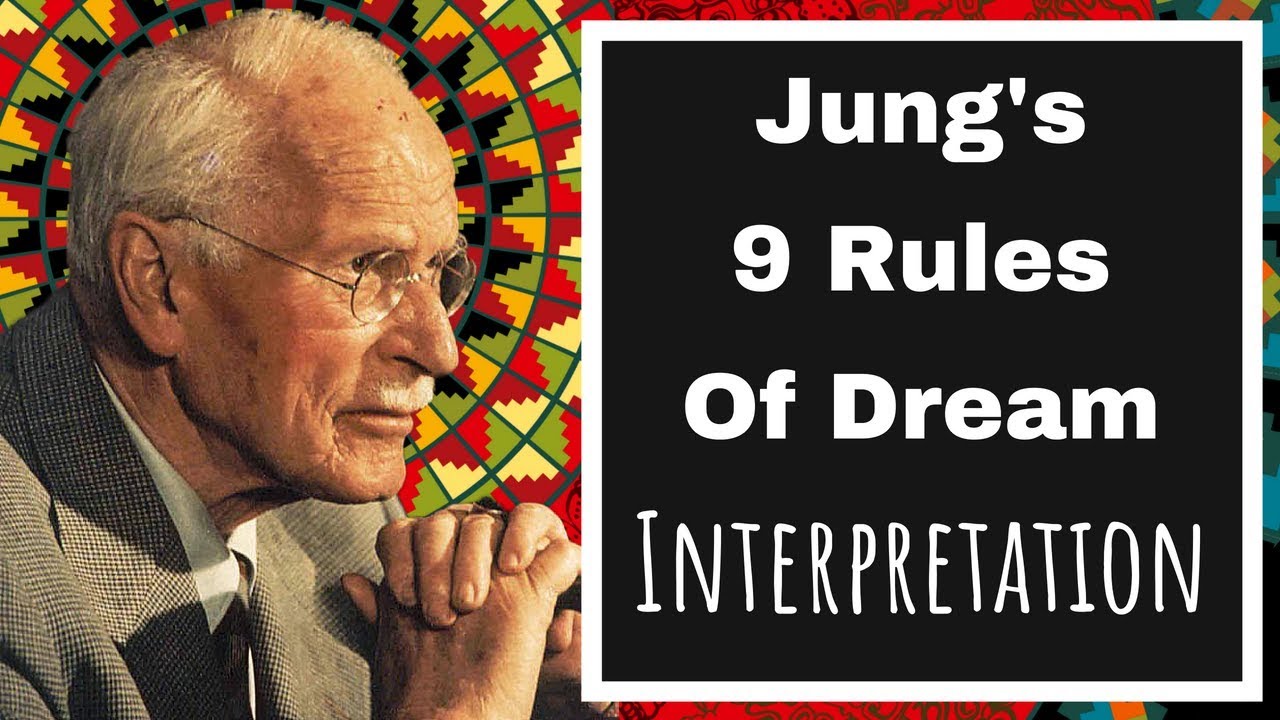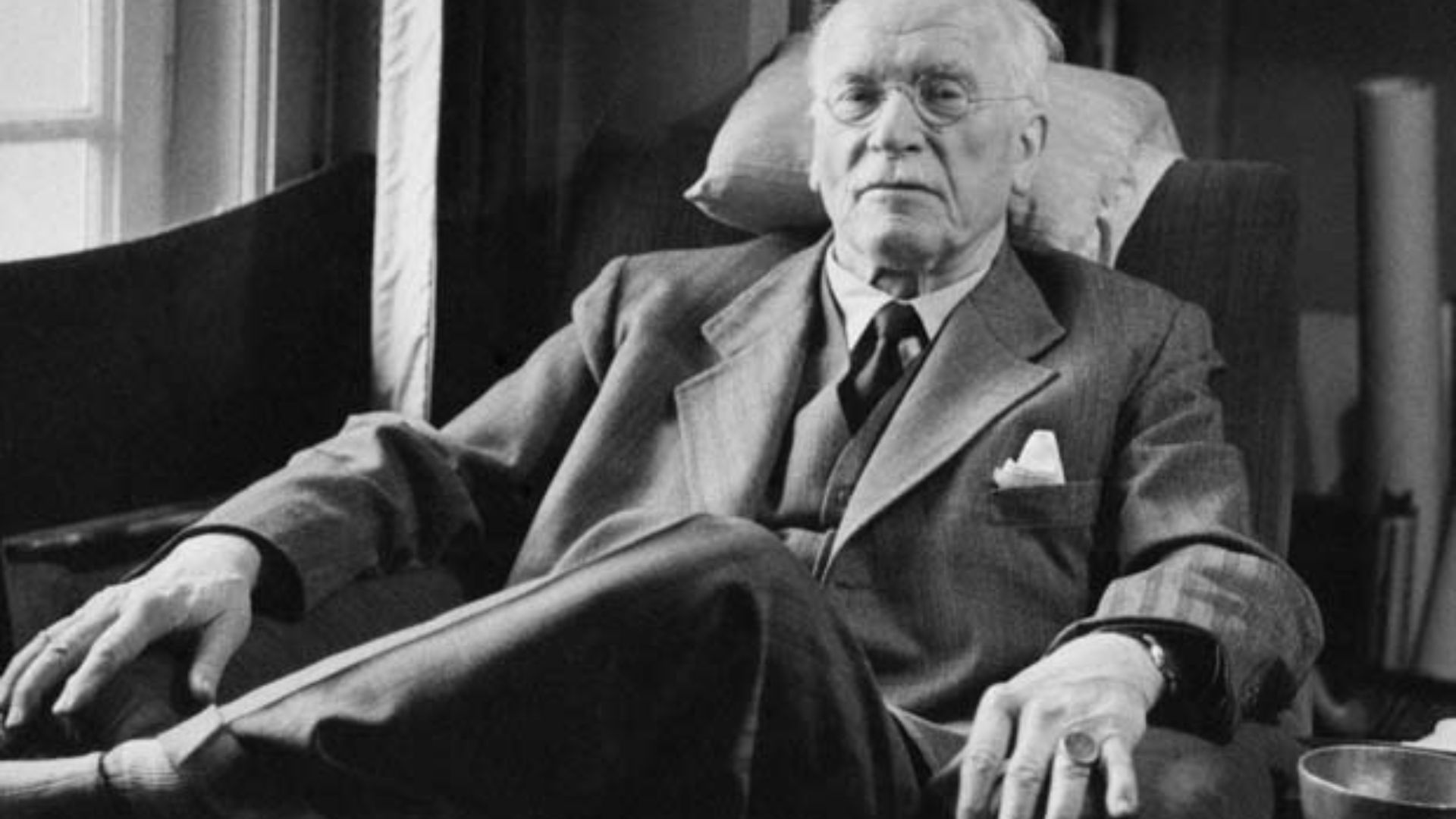What Are The Key Principles Of Carl Jung Dream Interpretation?
Carl Jung, the Swiss psychiatrist who pioneered analytical psychology, is renowned for his contributions to the field of dream interpretation. Carl Jung dream interpretation is a unique approach that emphasizes the symbolic meaning of the images and themes in dreams, rather than their literal content.
Author:Evelyn AdamsReviewer:Mia ThompsonJan 04, 20246K Shares134.7K Views

Carl Jung, the Swiss psychiatrist who pioneered analytical psychology, is renowned for his contributions to the field of dream interpretation.Carl Jung dream interpretationis a unique approach that emphasizes the symbolic meaning of the images and themes in dreams, rather than their literal content.
Through his work, Jung demonstrated the significant role that dreams play in our understanding of the human psyche, and his ideas continue to inspire scholars, therapists, and dreamenthusiasts around the world.
Carl Jung Dream Interpretation - A Brief Overview
Carl Gustav Jung was born in Switzerland in 1875 and trained as a psychiatrist in Zurich. He is best known for his work in developing analytical psychology, which emphasized the importance of the unconscious mind in shaping human behaviorand personality.
Jung believed that the unconscious mind was made up of two layers - the personal unconscious and the collective unconscious.
The personal unconscious contained repressed thoughts, memories, and experiences from an individual's life, while the collective unconscious held universal symbols and archetypes that were common to all humans, regardless of culture or experience.
The Importance Of Carl Jung Dream
Jung believed that dreams were an important tool for exploring the unconscious mind and accessing its deeper wisdom. He saw dreams as a way for the unconscious to communicate with the conscious mind, revealing hidden truths and insights that could not be accessed through rational thought alone.
According to Jung, dreams contain both personal and collective symbols that can provide valuable information about an individual's psyche. By exploring these symbols and interpreting their meaning, individuals can gain a greater understanding of their unconscious motivations, desires, and fears.
Symbols In Carl Jung Dream
One of the key components of Jung's approach to dream interpretation is the use of symbols. Jung believed that symbols were the language of the unconscious and that they could reveal important information about an individual's psyche.
Symbols in dreams can take many forms, including people, animals, objects, and events. They can also be archetypal symbols that are common to all humans, such as the hero, the shadow, the mother, or the trickster.
Jung believed that symbols in dreams were not static or fixed in meaning, but rather were fluid and could change depending on the individual's personal experiences and cultural context. He encouraged individuals to explore their associations with symbols to gain a deeper understanding of their meaning in their own lives.
The Four Functions Of The Psyche
Jung believed that the psyche was made up of four distinct functions - thinking, feeling, sensation, and intuition. Each of these functions played a unique role in shaping an individual's personality and behavior.
- Thinking function- The thinking function was associated with rational thought, logic, and analysis.
- Feeling function - The feeling function was associated with emotions, values, and personal beliefs.
- Sensation function- The sensation function was associated with the physical senses and perceptions of the external world.
- Intuition function- The intuition function was associated with the unconscious perception of patterns and connections in the external world.
Jung believed that dreams could provide insights into the balance or imbalance of these four functions within an individual's psyche. For example, a dream in which an individual is being chased by a monster might indicate an overactive sensation function, while a dream in which an individual is lost in a maze might indicate an underdeveloped intuition function.
Carl Jung Dream - Individuation
Jung believed that the ultimate goal of human development was individuation, which he described as the process of integrating all aspects of the psyche into a unified whole. Individuation involved a deep exploration of the unconscious mind and the integration of both the personal and collective unconscious.
Jung believed that dreams played a crucial role in the individuation process, providing important insights into the unconscious mind and the path toward greater self-awareness and wholeness.
Techniques For Carl Jung Dream Interpretation
Jung developed several techniques for interpreting dreams, each designed to help individuals explore the deeper meaning behind the symbols and themes in their dreams. Some of these techniques include:
Active Imagination
An active imagination is a technique in which individuals actively engage with the images and symbols in their dreams, allowing them to come to life and interact with them. This technique can help individuals gain a deeper understanding of the unconscious and access the insights and wisdom it contains.
Amplification
Amplification involves exploring the various associations and meanings that a symbol or image may hold, both personally and culturally. By amplifying a symbol, individuals can gain a richer understanding of its significance and its potential relevance to their own lives.
Association
The association involves exploring the personal associations and memories that a symbol or image may evoke. By exploring these associations, individuals can gain insights into their unconscious motivations and desires, as well as their fears and anxieties.
Active Participation
Active participation involves actively engaging with the events and symbols in a dream, rather than just observing them. By actively participating in a dream, individuals can gain a deeper understanding of their unconscious desires and motivations, as well as the obstacles and challenges that may be preventing them from achieving their goals.
Criticisms Of Jung's Approach
While Jung's approach to dream interpretation has gained significant popularity over the years, it is not without its critics. Some have argued that his emphasis on the symbolic meaning of dreams is too subjective and that there is no way to verify the accuracy of dream interpretations.
Others have criticized Jung's approach for being overly focused on the individual psyche, neglecting the social and cultural factors that may influence the interpretation of symbols and themes in dreams.
The Collective Unconscious In Jungian Dream Analysis
One of the core concepts in Jungian dream analysisis the collective unconscious. According to Jung, the collective unconscious is a shared, inherited reservoir of knowledge and experiences that all humans share. It contains universal symbols and archetypes that are present across cultures and throughout history.
In Jungian dream analysis, the collective unconscious is believed to play a significant role in the symbolism and imagery that appears in dreams.
The symbols and archetypes that appear in dreams are thought to represent universal experiences and themes that are common to all people, such as the hero's journey or the mother archetype.
By exploring the collective unconscious through dream analysis, individuals can gain a deeper understanding of themselves and the world around them.
They can access the wisdom and insights that have been passed down through the collective unconscious and use them to navigate their own lives and experiences.

Carl Jung's 9 Rules of Dream Interpretation
The Use Of Dream Imagery In Art Therapy
Dream imagery can be a powerful tool in art therapy. By using images from their dreams as inspiration for art projects, individuals can explore the deeper meanings and emotions that are present in their dreams.
Through the process of creating art, individuals can gain a deeper understanding of their unconscious desires, fears, and motivations. They can also explore the symbolism and archetypes that appear in their dreams and use them to gain insights into their own lives and experiences.
Art therapy can also provide a safe and supportive environment for individuals to explore difficult emotions and experiences that may be present in their dreams. By creating art in response to their dreams, individuals can process and integrate these experiences healthily and productively.
The Differences Between Freudian And Jungian Approaches

Carl Jung's 9 Rules of Dream Interpretation
While Freud and Jung both placed a significant emphasis on the importance of dreams in understanding the human psyche, their approaches to dream interpretation differed significantly.
Freud believed that dreams were the result of unconscious desires and conflicts that were repressed during waking life. He believed that the symbols and imagery in dreams were representations of these repressed desires and that by interpreting these symbols, individuals could gain a deeper understanding of their unconscious motivations.
Jung, on the other hand, believed that dreams were a reflection of the collective unconscious and the universal symbols and archetypes that are present in all human experience.
He believed that the symbols and imagery in dreams were representations of these universal themes and that by exploring them, individuals could gain a deeper understanding of themselves and the world around them.
While both Freudian and Jungian approaches to dream interpretation have their strengths and weaknesses, the Jungian approach places a greater emphasis on the spiritual and transcendent aspects of human experience, while the Freudian approach is more focused on the psychological and emotional dimensions of the self.
People Also Ask
What Is The Purpose Of Dream Interpretation In Jungian Psychology?
Dream interpretation in Jungian psychology is used to gain a deeper understanding of the self and the collective unconscious.
Can Dreams Predict The Future According To Jungian Psychology?
Jungian psychology does not view dreams as a means of predicting the future, but rather as a reflection of the self and the collective unconscious.
How Can Keeping A Dream Journal Be Helpful In Jungian Dream Analysis?
Keeping a dream journal can help individuals remember and record their dreams for later analysis and reflection.
Conclusion
Despite these criticisms, Carl Jung dream interpretation remains a popular and influential theory in the field of psychology. By emphasizing the importance of symbols and the unconscious mind, Jung's approach offers a powerful tool for understanding the deeper meanings behind our dreams and accessing the wisdom and insights of the unconscious.
Whether you are exploring your own dreams or seeking to understand the dreams of others, Jung's approach to dream interpretation can provide a valuable framework for uncovering the hidden truths and insights that lie beneath the surface of our conscious minds.
Jump to
Carl Jung Dream Interpretation - A Brief Overview
The Importance Of Carl Jung Dream
Symbols In Carl Jung Dream
The Four Functions Of The Psyche
Carl Jung Dream - Individuation
Techniques For Carl Jung Dream Interpretation
Criticisms Of Jung's Approach
The Collective Unconscious In Jungian Dream Analysis
The Use Of Dream Imagery In Art Therapy
The Differences Between Freudian And Jungian Approaches
People Also Ask
Conclusion

Evelyn Adams
Author
Evelyn Adams is a dedicated writer at Kansas Press, with a passion for exploring the mystical and uncovering hidden meanings.
Evelyn brings a wealth of knowledge and expertise to her insightful articles. Her work reflects a commitment to providing accurate information, thoughtful analyses, and engaging narratives that empower readers to delve into the mysteries of the universe.
Through her contributions, Evelyn aims to inspire curiosity, spark imagination, and foster a deeper understanding of the supernatural world.

Mia Thompson
Reviewer
Mia Thompson is a versatile writer at Kansas Press, delving into a range of topics including news, spiritual exploration, astrology, and numerology. With a passion for delivering insightful and informative content, Mia's articles provide readers with valuable perspectives and thought-provoking insights into these intriguing subjects.
She is dedicated to creating content that resonates with readers and fosters a deeper understanding of complex topics.
Latest Articles
Popular Articles
